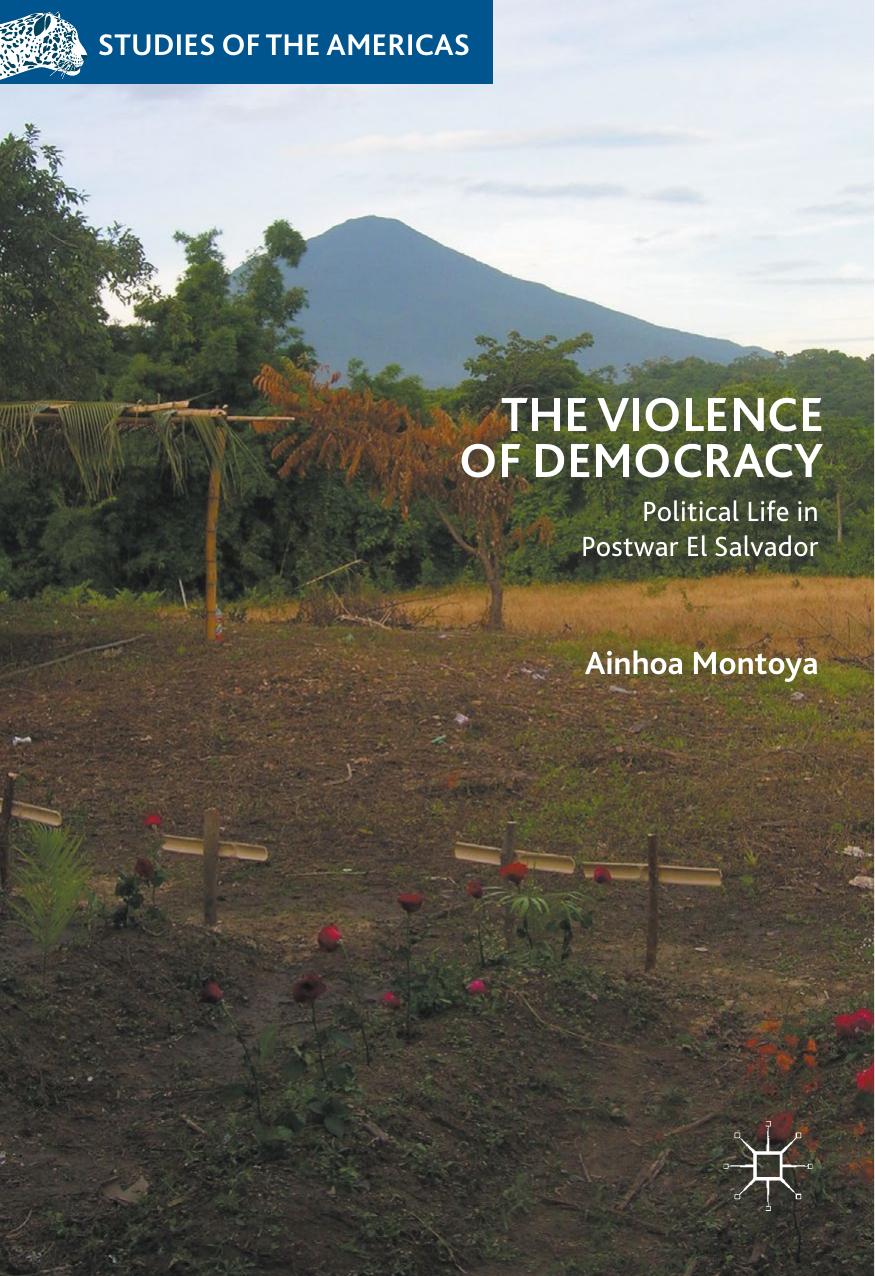The Violence of Democracy by Ainhoa Montoya

Author:Ainhoa Montoya
Language: eng
Format: epub, pdf
Publisher: Springer International Publishing, Cham
The Politics of Fear and Memory: The Wartime Divide Updated
Abstentionism in El Salvador has been consistently high since the late 1980s, with only the 1994 elections surpassing a 50 percent turnout (Artiga-González 2004: 38). After the 1994 elections, voter turnout decreased once again. This decreasing turnout has been interpreted as a symptom of ordinary Salvadorans ’ disillusionment with the postwar era and skepticism about the potential of elections to effect change (Cruz 1998, 2001), which does not seem surprising in the face of the persistent economic and public insecurity described in previous chapters. Yet turnout at both the 2004 and 2009 presidential elections was virtually twice that of previous years (IDHUCA 2004: 23; Artiga-González 2009: 13). The remainder of the chapter addresses this surge in electoral participation and explains why so many Salvadorans voted and participated in campaigns and other related events in 2009. I argue in this section that at least that year, the symbolic and affective components of the elections managed to mobilize many. It should not be discounted, however, that the 2003 introduction of the Unique Identity Document (DUI) , a national identification card that facilitated registration in the electoral roll , preceded the rise of voter turnout in 2004 (Wade 2016: 76).
While flying to El Salvador in August 2008 to begin my fieldwork, I met a Salvadoran professor from a Honduran university. Our animated conversation somehow ended on the topic of the 2009 presidential election: ‘I have not voted since I left the country in 1998’, he declared. ‘I only did so in the first democratic elections. I identify myself with the conservative Right, but one with a social component. None of the parties in El Salvador represent that political orientation. My mother, however, supports the FMLN and will vote for that party in the coming elections. She still lives in El Salvador. She repeatedly says that this time they are going to win, so she will surely leave the country’. At first I did not understand his mother’s apparently contradictory attitude, but it made sense once I had arrived in El Salvador and immersed myself in the polarization, hostility, and fears that pervaded the electoral period. In addition to understanding elections as highly ritualized events, one needs to look at their affective component in order to explain the doubling of voter turnout in 2004 and again in 2009 despite the country’s widespread political disaffection and disillusionment .
A ‘campaign of fear’ orchestrated by ARENA and waged via mass media characterized El Salvador’s 2004 presidential election (García Dueñas 2006; Wolf 2009: 447–454). In addition to making security vis-à-vis gang violence, rather than economic policies, the core of its electoral program, ARENA’s campaign was rooted in two threatening scenarios that the party claimed would materialize if the FMLN won: first, the consolidation of a communist regime similar to those of Cuba and Venezuela , and, second, the enactment by the United States government of a policy prohibiting Salvadorans in the United States from sending remittances to their relatives in El Salvador (García Dueñas 2006: 376; Wade 2016: 98–102).
Download
This site does not store any files on its server. We only index and link to content provided by other sites. Please contact the content providers to delete copyright contents if any and email us, we'll remove relevant links or contents immediately.
| Arms Control | Diplomacy |
| Security | Trades & Tariffs |
| Treaties | African |
| Asian | Australian & Oceanian |
| Canadian | Caribbean & Latin American |
| European | Middle Eastern |
| Russian & Former Soviet Union |
The Secret History by Donna Tartt(18849)
The Social Justice Warrior Handbook by Lisa De Pasquale(12142)
Thirteen Reasons Why by Jay Asher(8796)
This Is How You Lose Her by Junot Diaz(6794)
Weapons of Math Destruction by Cathy O'Neil(6146)
Zero to One by Peter Thiel(5686)
Beartown by Fredrik Backman(5599)
The Myth of the Strong Leader by Archie Brown(5425)
The Fire Next Time by James Baldwin(5249)
How Democracies Die by Steven Levitsky & Daniel Ziblatt(5128)
Promise Me, Dad by Joe Biden(5087)
Stone's Rules by Roger Stone(5026)
A Higher Loyalty: Truth, Lies, and Leadership by James Comey(4845)
100 Deadly Skills by Clint Emerson(4840)
Rise and Kill First by Ronen Bergman(4704)
Secrecy World by Jake Bernstein(4646)
The David Icke Guide to the Global Conspiracy (and how to end it) by David Icke(4625)
The Farm by Tom Rob Smith(4438)
The Doomsday Machine by Daniel Ellsberg(4416)
